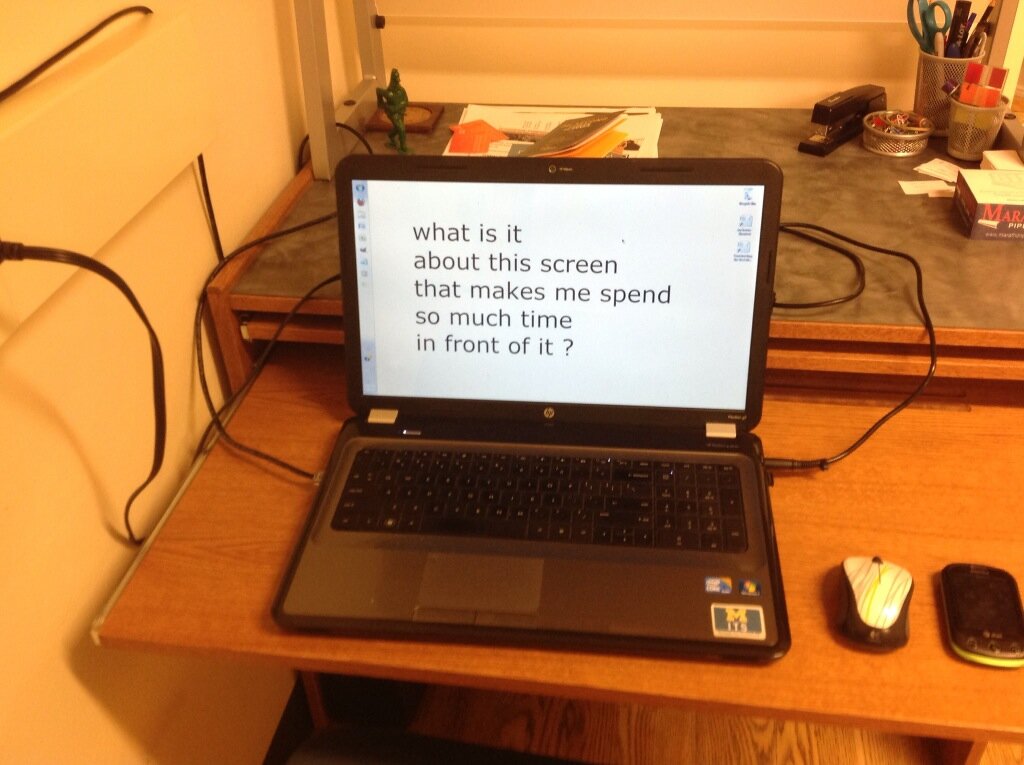Sitting in Chicago’s Union Station is interesting. I am here alone, but not really alone,
there are a lot of people who rush around me. Yet, I feel alone.
I feel kind of uneasy. I
feel that I just want to be back in Ann Arbor, in my familiar Ann Arbor city,
with my familiar buildings and streets and people and knick-knacks. Even thought I want to be somewhere I
am not, I also regret those feelings.
It makes me feel weak and I hate feeling weak. It makes me think, and sometimes I hate when I think. I hate
when I think mainly because it leads to more uneasiness. Not just uneasiness from the unfamiliar
and big city environment, but also uneasiness within myself. This happens
because I am not able to talk to anyone else; I just have myself to listen
to. Memories and worries, ambitions,
and regrets seem to always leak out of my soul and into my brain when I am
alone. I wonder how many others
around me have similar feelings? Looking around me, there are a lot of people
who are also “alone.” But they
have families, they have worries, they have goals, they want to be somewhere
other then here. If all the people
disappeared and all that was left was the feelings of people, I believe it
would look like swirling ghosts; I believe these ghosts would find connections
amongst each other and make friends.
I believe the room would no longer be lonely; instead it would be
friendly and exciting. Isn’t it
amazing how flesh and bones so easily tear us apart from making friends? That
hair and fingernails stop us from saying hello? That cloth and rubber acts as force
fields from sitting near each other? If the flesh and bones melted away, if the
hair and fingernails fell off, if the cloth and rubber dissolved, what would
the world be like? What problems would we have, if any? If we could only see
emotions and nothing else, would the word be happier? Safer? Hmmmmmm it is
interesting to think about, and these thoughts overrule my uneasiness, which is
nice for a minute. I decide to
give into my rumbling tummy and buy food, pay the cashier, and pick a spot
three seats away from the nearest person.
Funny how thoughts and actions are completely unrelated in real life.
....These thoughts continue to inspire my end of the year project....the first being a series of ceramic pieces and the second a series of white t-shirts.... I want to use each to explore how different types of media can be used for expression, where some pieces represent how others perceive me, and


